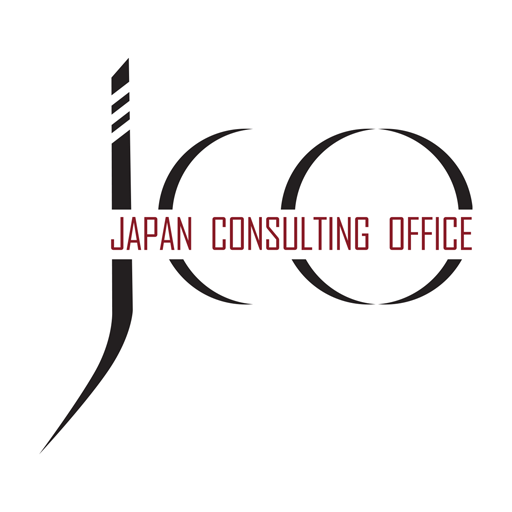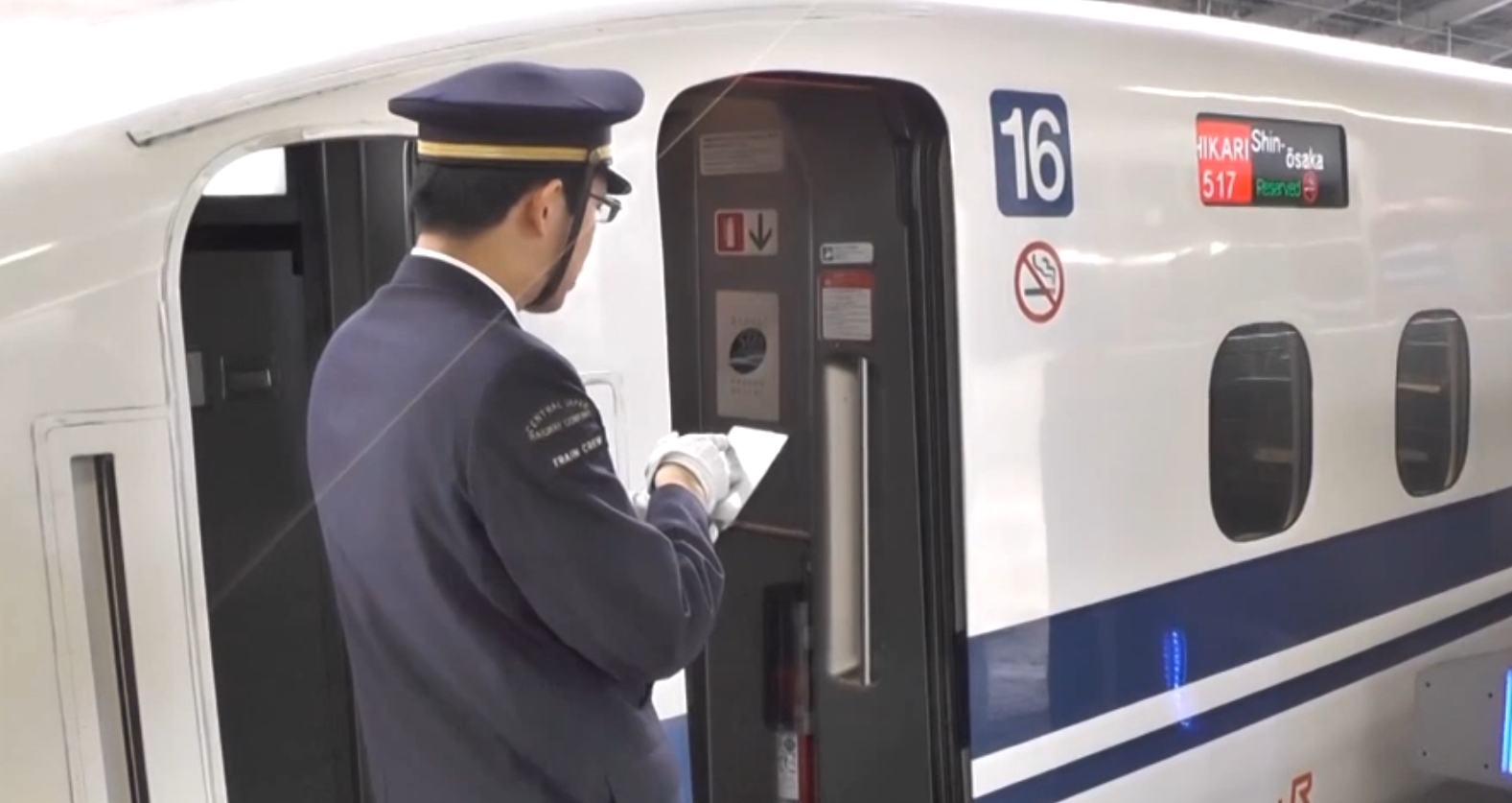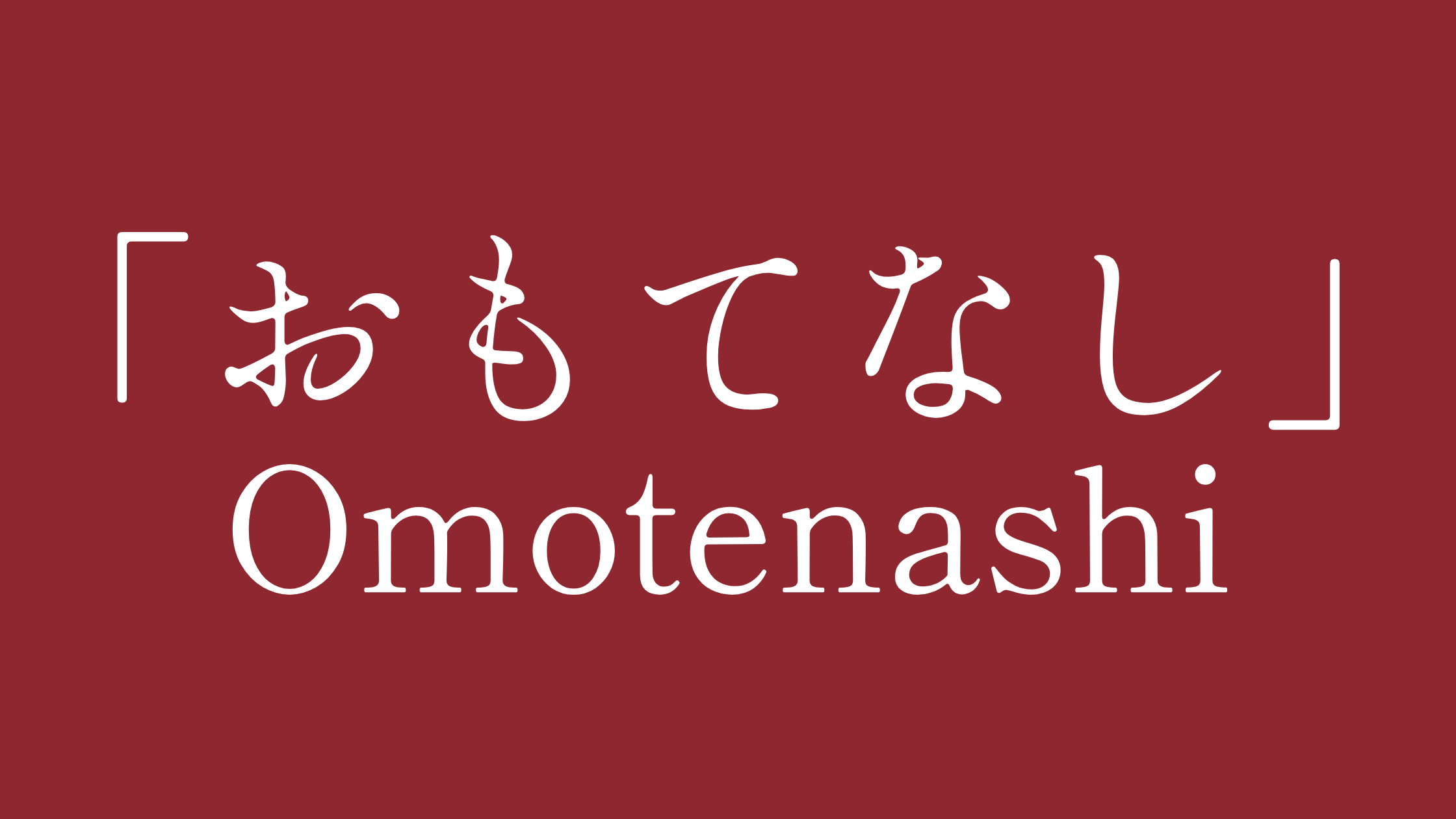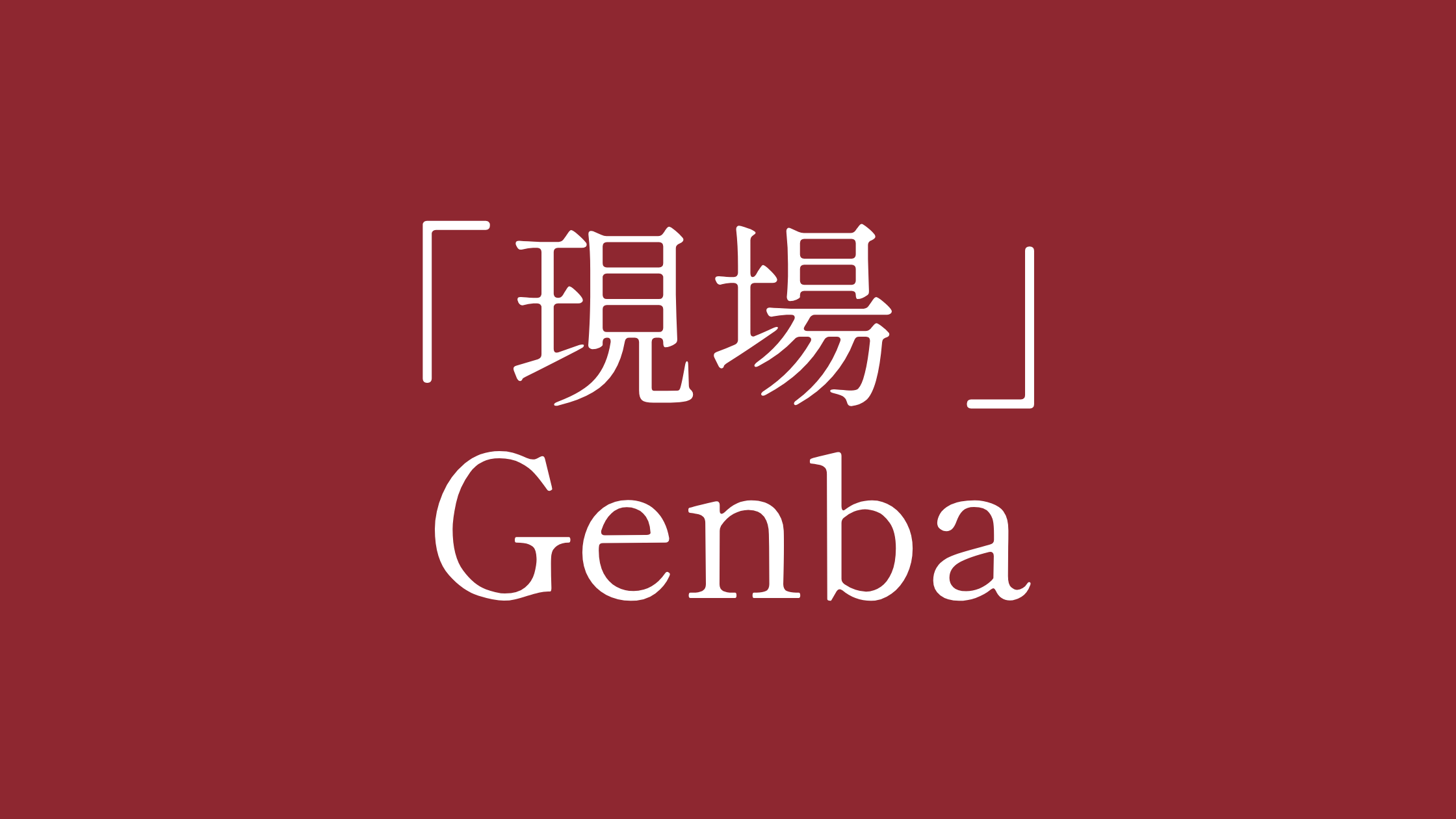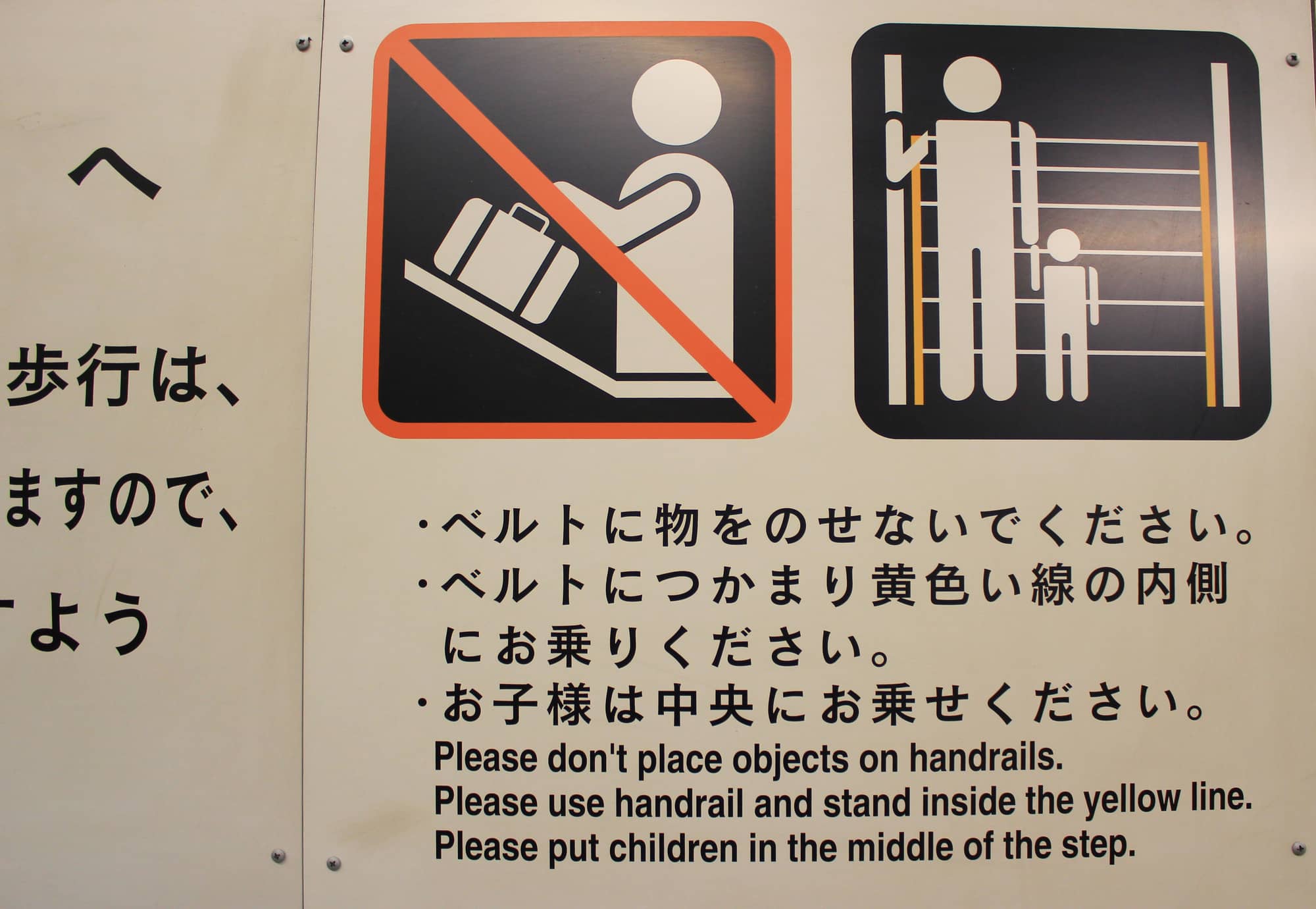
All people who work regularly with Japanese colleagues have probably experienced this: their level of spoken English is usually not that great. Furthermore, they seem to have a very particular way of pronouncing things: "elevator" becomes 'erebeetaa', "invoice" becomes 'inboisu', "contract" becomes 'kontorakuto', etc. There are several reasons for this, and you will see that it is not entirely without logic; in fact, it's quite the opposite. Hopefully, after reading this article, you will better understand the Japanese way of speaking English.
Katakana and the Structure of Japanese
First and foremost, we have to understand the workings of the Japanese language, the phonemic side at least. To distinguish words from one another, Japanese uses not a combination of consonants and vowels, like English does, but instead a fixed combination of consonant+vowel which corresponds to one letter in Japanese. A Japanese word will always have consonant, vowel, consonant, vowel. For example, the word for "thank you" is 'arigatou', which consists of the signs a-ri-ga-to-u. To give another example: the verb "to eat" in Japanese is 'taberu', which is ta-be-ru.
The reason why this is important is that Japanese people don’t really have a way of transcribing words from other languages other than with this system. They do have a specific alphabet just for foreign words, called katakana but it still subscribes to these rules. Combine that with the fact that the Japanese language just doesn't have an L-sound (becomes an R) or a V-sound (becomes a B) and things get very difficult very quickly. A comprehensive chart of Katakana letters and their pronunciation can be found below.
If we were to transpose those rules on our previous example of "elevator", the L would become an R and the V becomes a B, making 'erebator'. The same goes for "null" and "void" which becomes 'nurr' and 'boid'.
Now, because Japanese isn't capable of displaying a consonant at the end of a word (except for n), they pick the closest vowel sound they can think of and just use that. In the case of "elevator", the R just disappears and the O becomes a long AA, becoming something that vaguely represents the American way of pronouncing "elevator": 'erebeetaa'. In the case of "null and void", this makes 'narru ando boido'. This last rule also explains things like "fight" becoming 'faitto', or "invoice" becoming 'inboisu': Japanese demands that there always be a vowel at the end of a word, so in the case of "fight", they just used the letter 'to' and in the case of "invoice" the letter 'su' as the last letter.
A few more examples:
("What they say" and "what they mean")
- "Kon pu ri i to" Complete
- "A ppu ru u bo" Approve
- "A do ba ta i zu" Advertise
- "Pu re zen te e shon" Presentation
- "Ma a ke ti n gu" Marketing
- "Kon pa ni su to ra ku cha" Company structure
- "Ba i su pu re si den to" Vice-president
- "Ma tta a zu" Matters
- "Bi de o kan fa ren su" Video conference
Education and Isolation
Having explored the first reason, I can hear you thinking: but surely they can just read our alphabet and they won't have any problems? Yes and no. The answer to that is a little more complicated than that.
There are several problems in English education in Japan. Now, things are getting a little better nowadays, with mostly foreigners being recruited to work in Japanese schools as English teachers, but most Japanese people have been taught in school by a teacher who could speak no more English than they could. Also, the Japanese school system is mostly focused on written performance. Imagine getting 6 years of English in school and not once having to actually speak it: your exams will be written, there are barely any listening exercises and there is no oral exam. This makes for a generation of Japanese people who can read English fine, but have no idea of how to actually pronounce the words, so what do they do? They fall back on the only system they know: Katakana.
But let's take a look at how widespread this problem actually is. As a young Westerner, I have had constant exposure to the rest of the world and other languages: my TV-series, films and videogames were all in English, I had no choice but to learn it. So, imagine my surprise when I arrived in Japan and English was both everywhere and nowhere. Foreign words were literally on every building, but all written in Katakana. The biggest reason for this is that most Japanese people see no reason to learn another language: they're fine on their island: splendid isolation. Everything that they need is right there, in Japanese: English is not a necessity as it was for me, but a curiosity (as indeed Japanese would be for many of you). This is, fortunately, changing with the new generation, but very slowly indeed. It certainly isn't my intention to generalize, I have met Japanese people whose English was fine, great even, but they were a minority.
I hope this article has managed to inform you as to why most Japanese people's English is not quite so good. At least now you know the problems they face when learning English. Good luck in your future endeavors with your Japanese colleagues.
Katakana Chart
You can download the chart here: Katakana chart
This Chart contains all 46 Katakana characters. As you can see, each one represents a consonant and a vowel. When a foreign word is transcribed into Japanese, only these characters are used.
